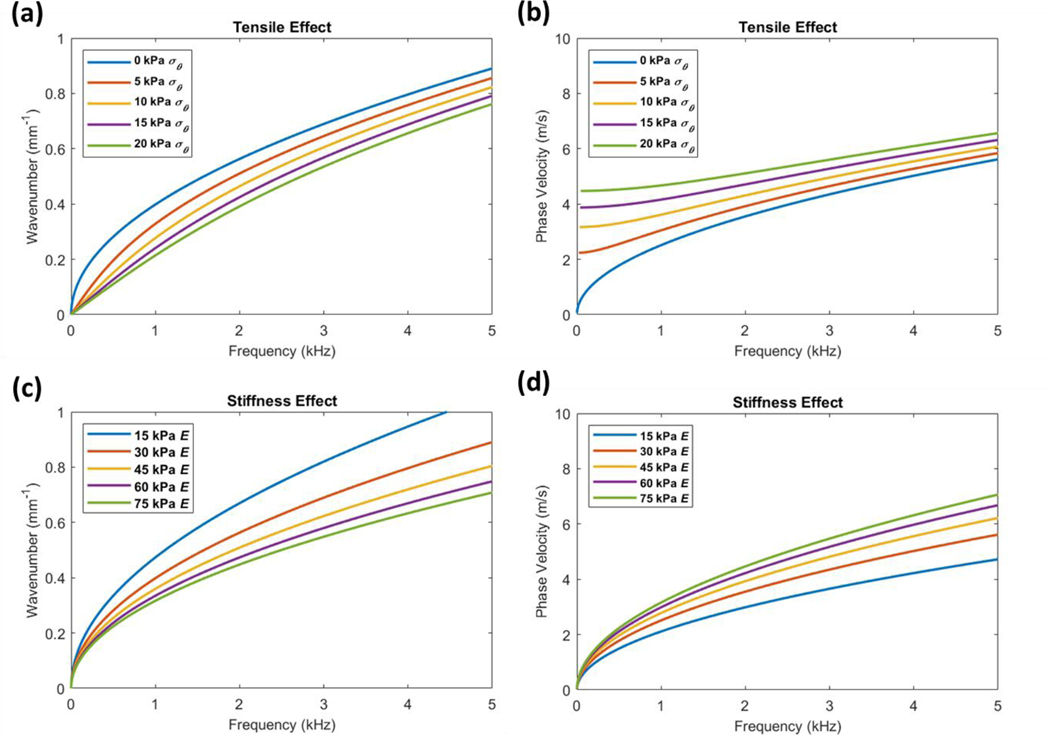Figure 1. Thin-plate theory for comparing the effects of tensile prestress and stiffness on wave dispersion.
(a) The linear wavenumber vs. frequency dispersion curves demonstrate that estimated prestress values σθ incremented between 0–2.0 × 104 Pa can alter wave behavior independently of material stiffness (where E = 3.0 × 104 Pa). (b) The corresponding phase velocity curves demonstrate that tension strongly influences low-frequency phase velocities while high-frequency waves are also affected. (c) Dispersion curves demonstrate that stiffness affects wave behavior similar to tension when incremented between 1.5–7.5 × 104 Pa (where σθ = 0 Pa), though its effects at high frequencies are more apparent. Additionally, when comparing (a) and (c), the low-frequency components below ~1 kHz are affected less by stiffness than tension. (d) This is reflected in the corresponding phase velocity curves where low frequency phase velocities are less influenced by stiffness. Further comparison of (b) and (d) show that both tension and stiffness can change the high-frequency phase velocities that are used to estimate corneal stiffness.

